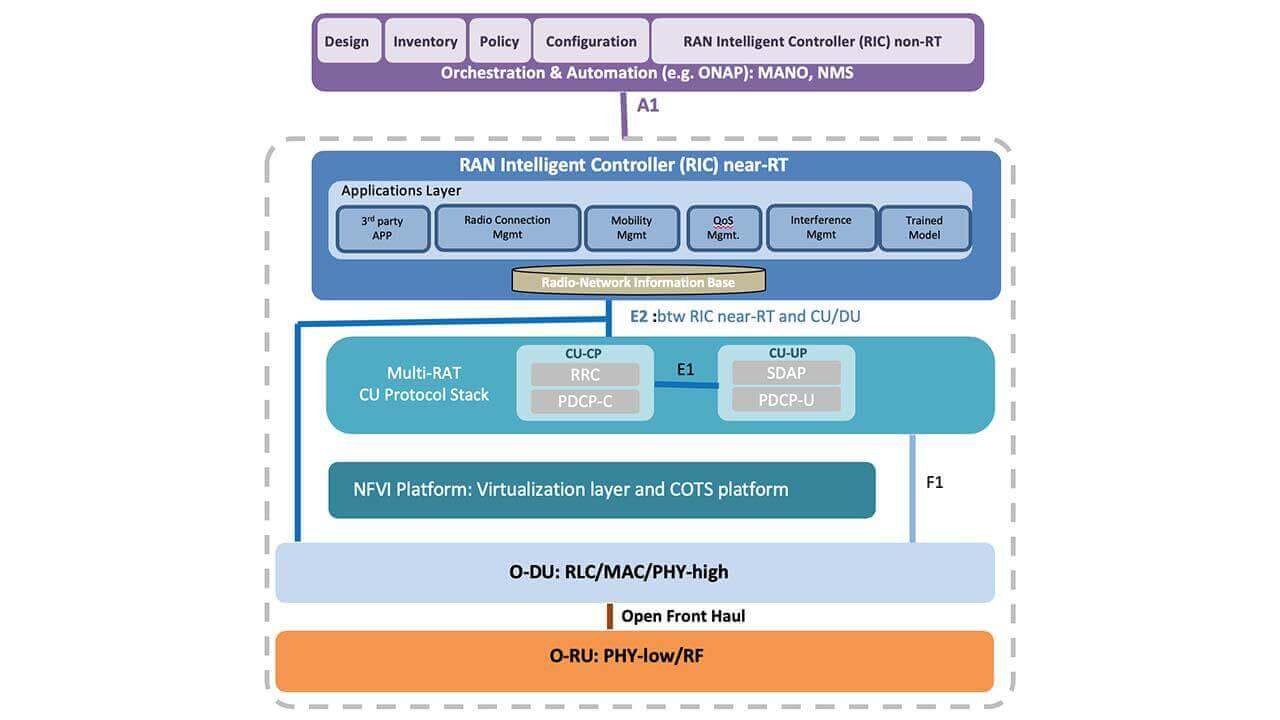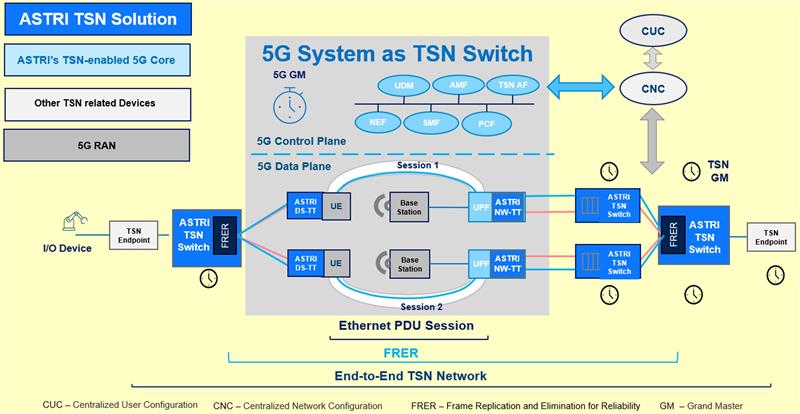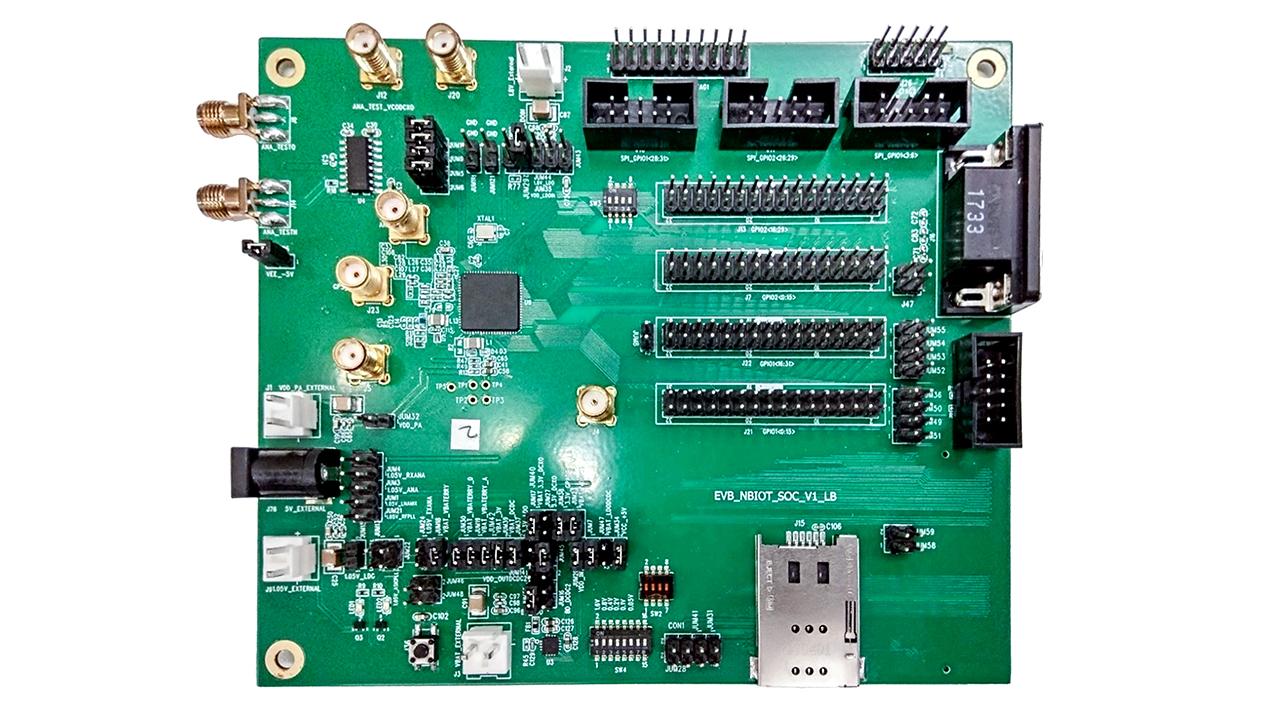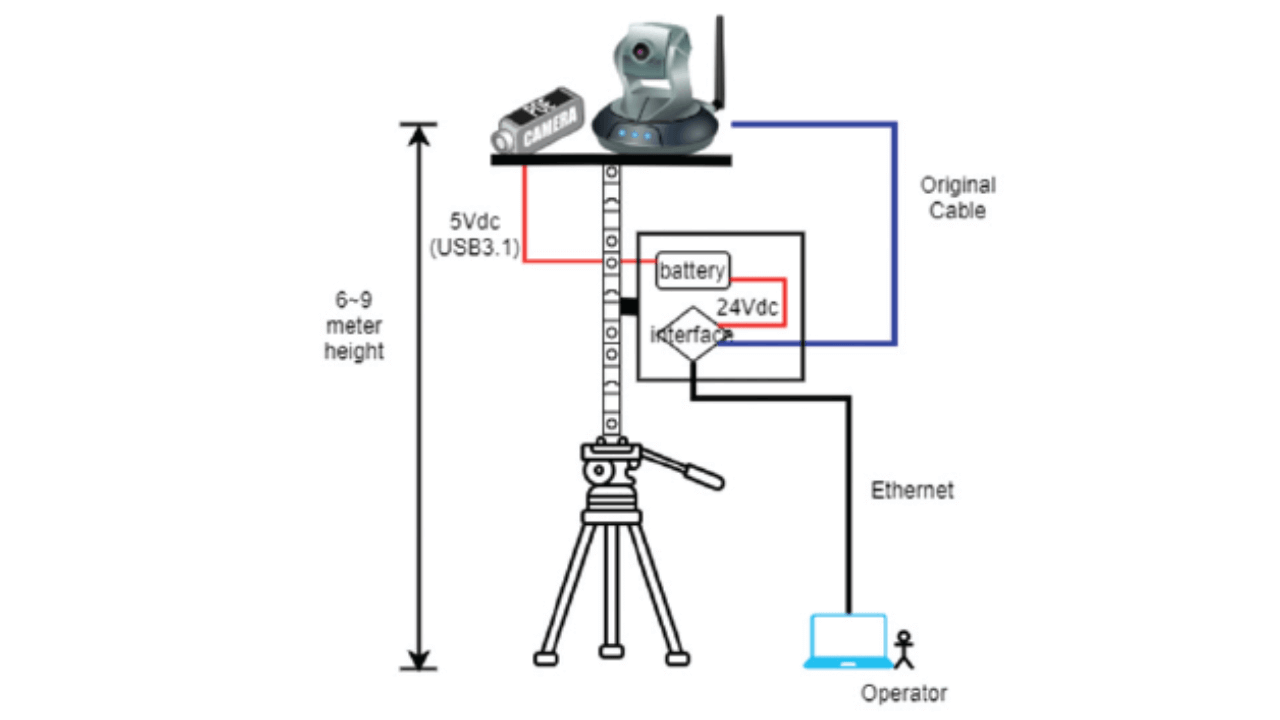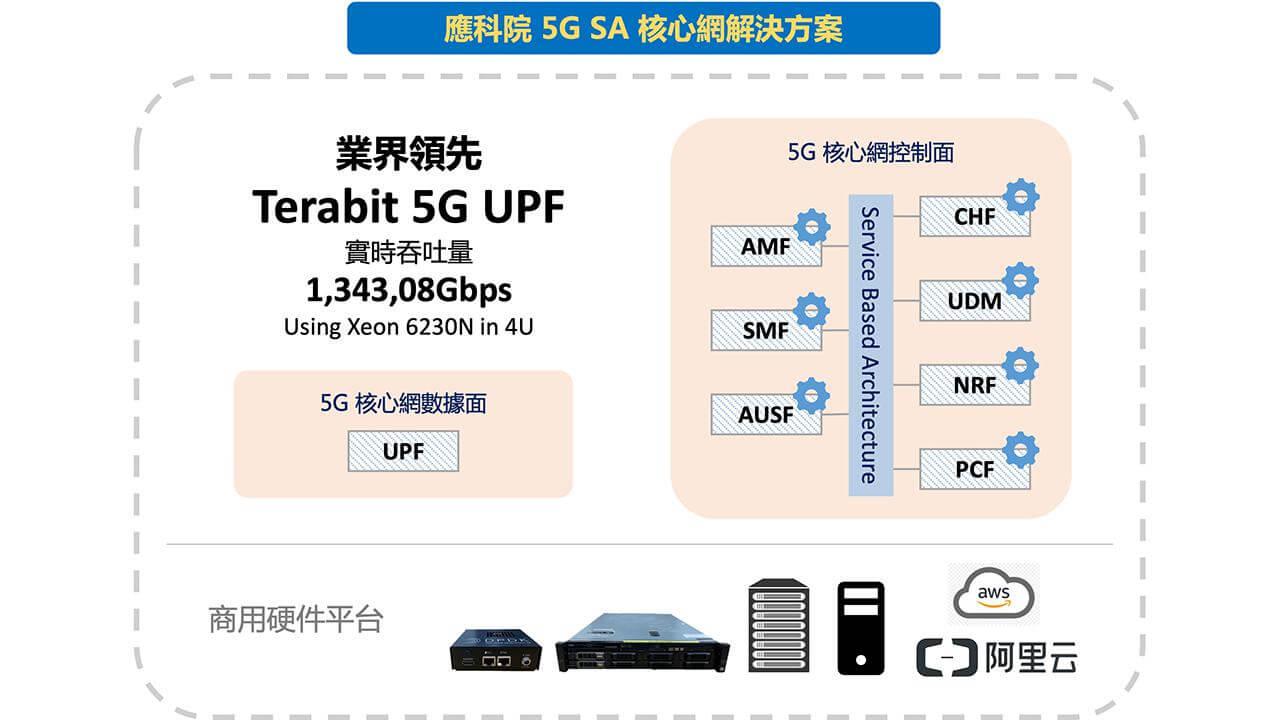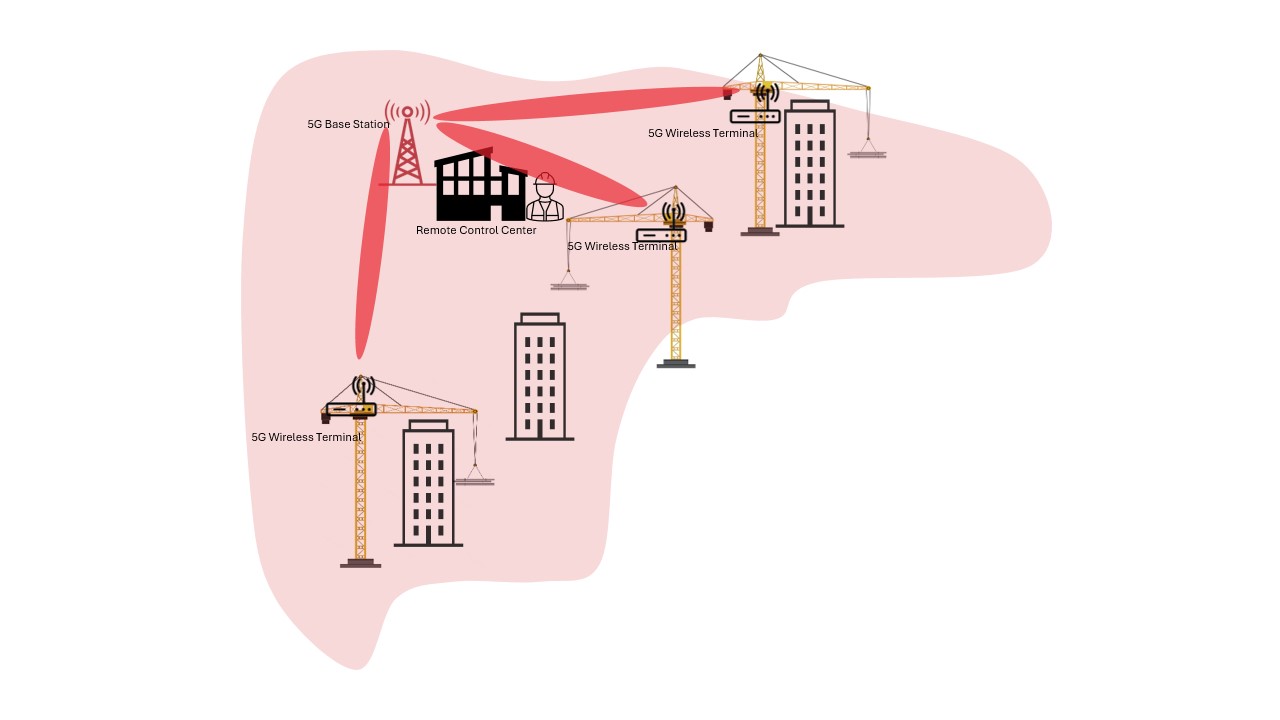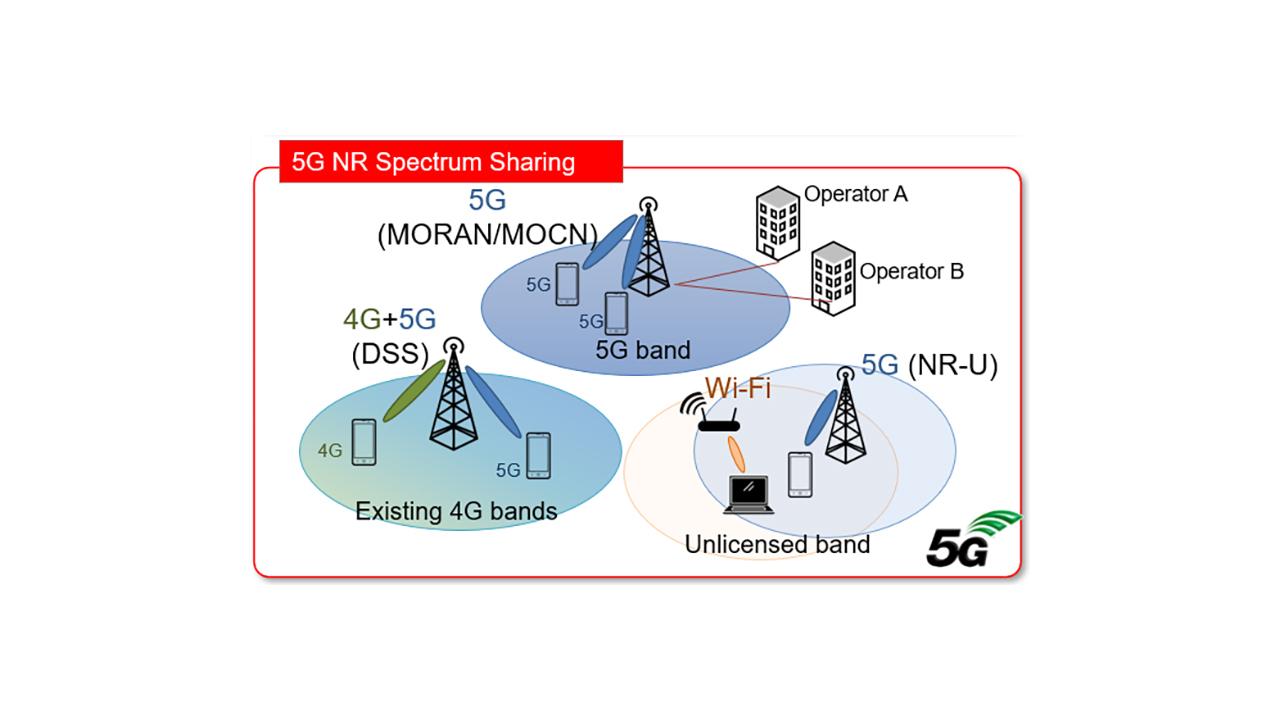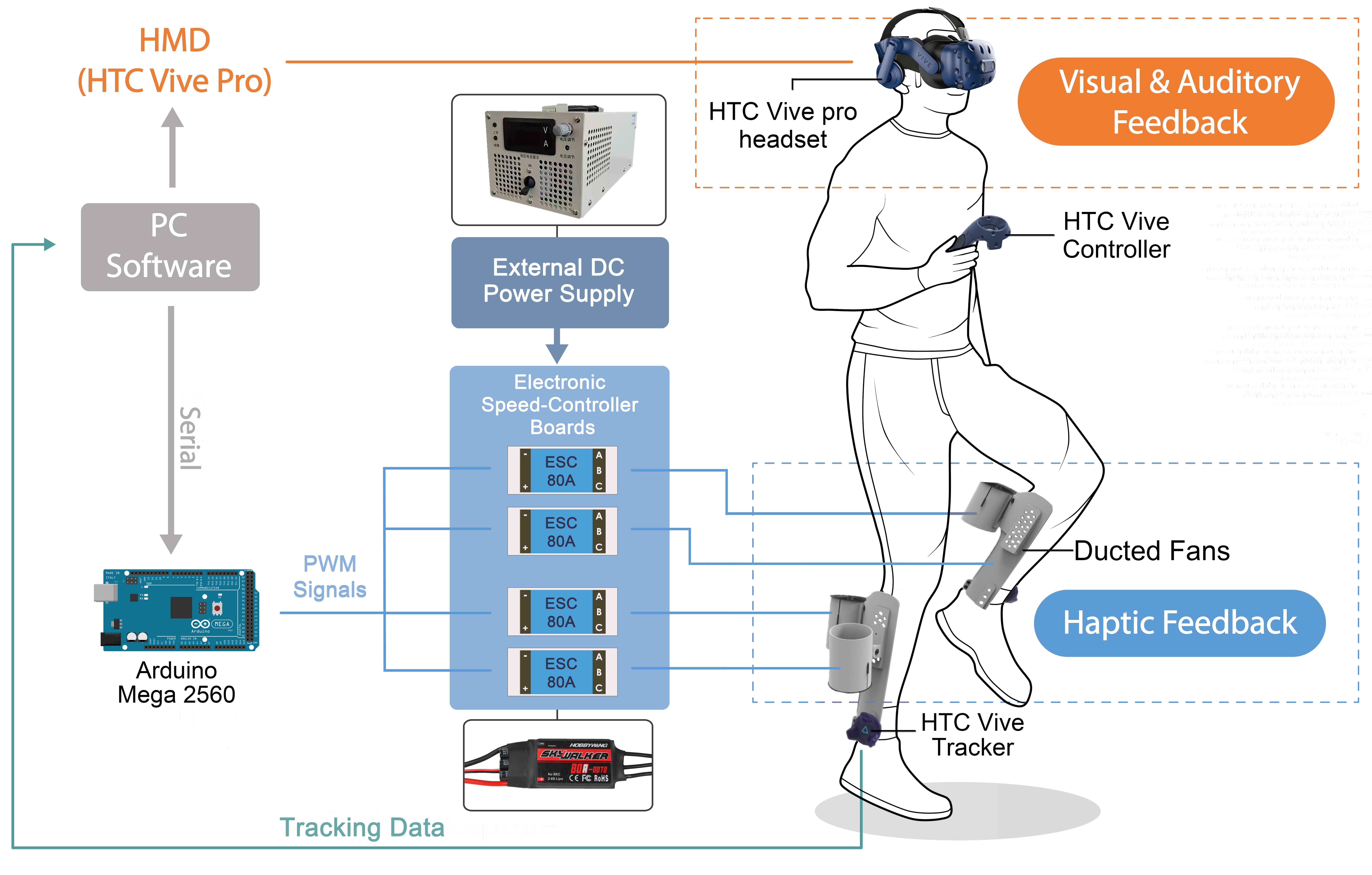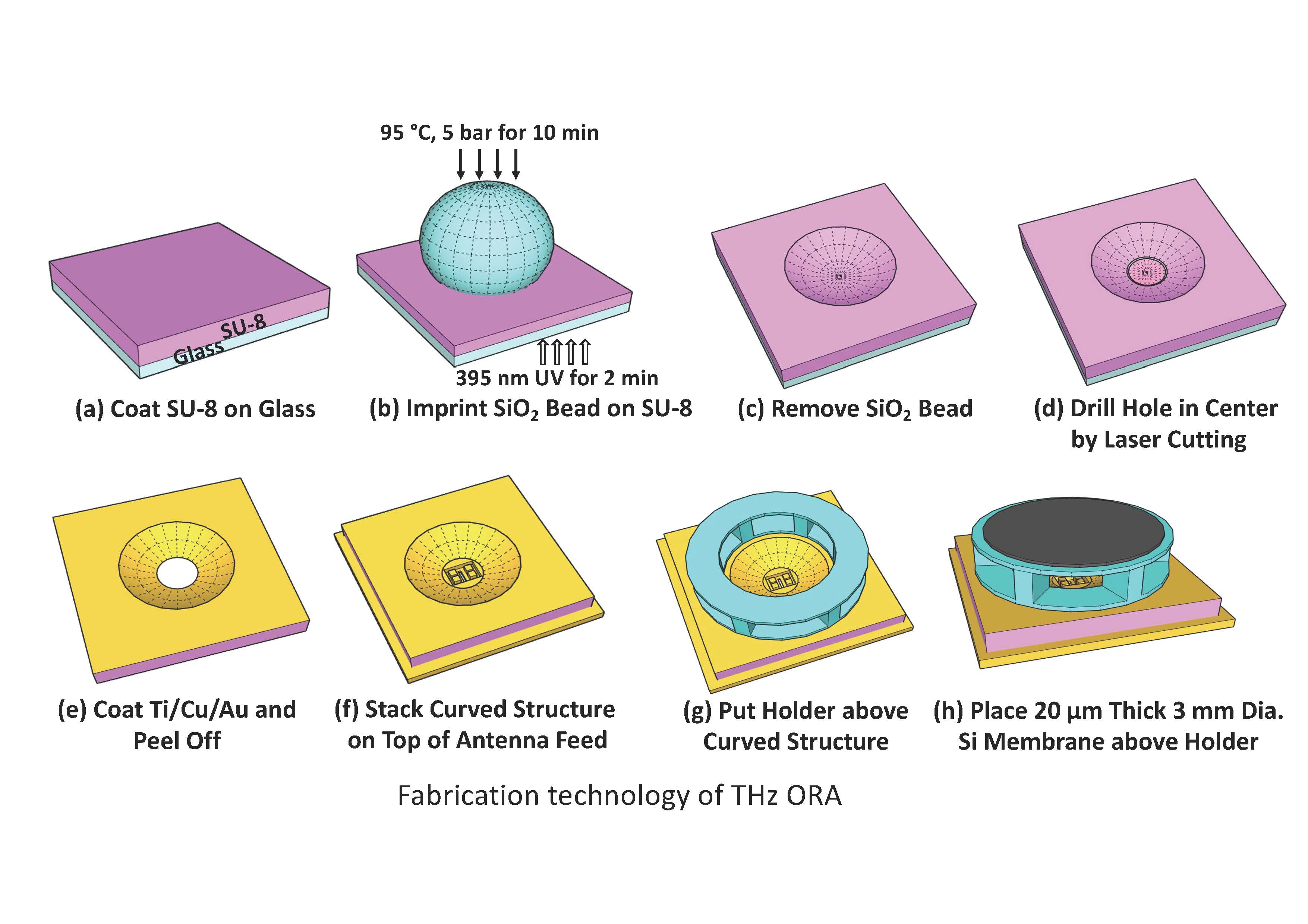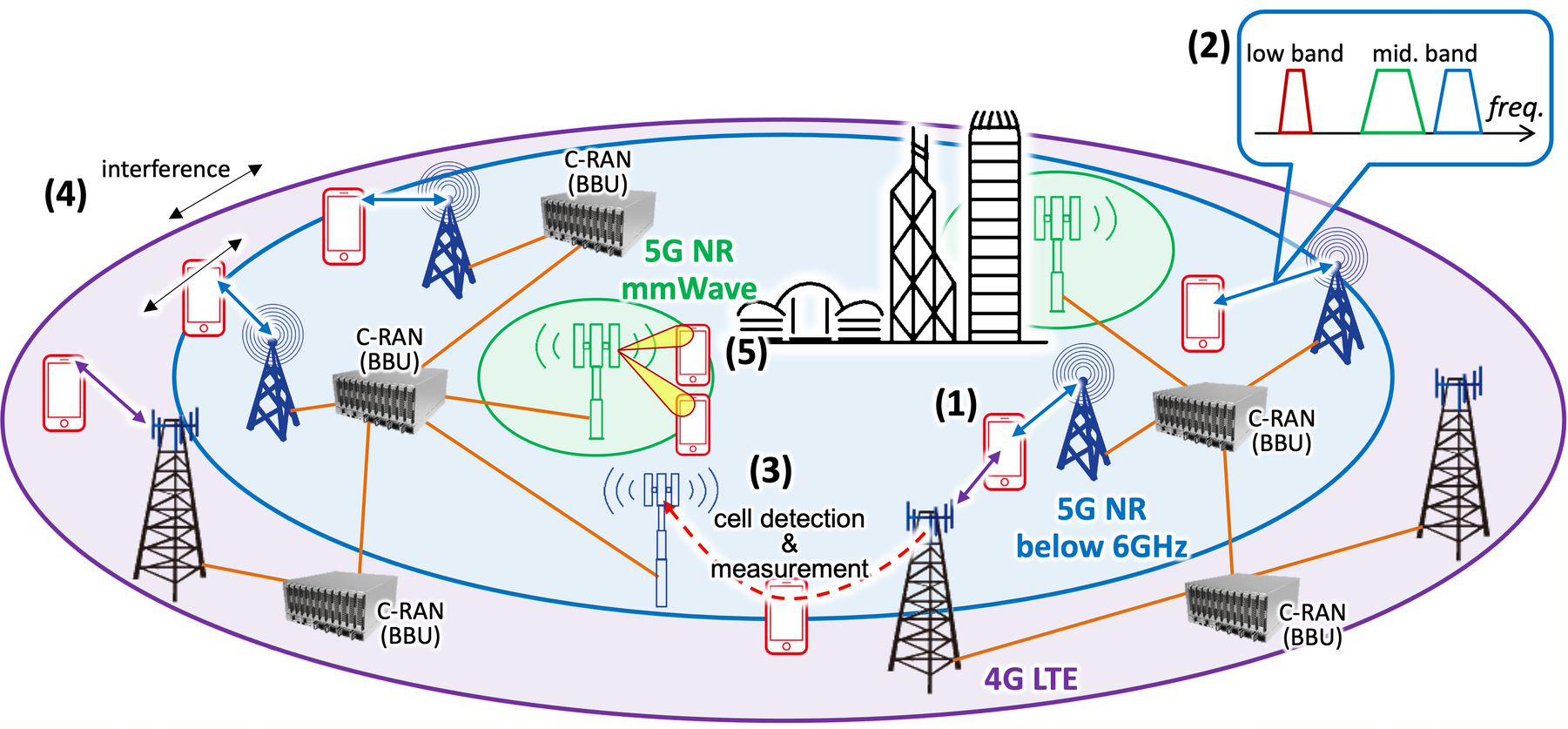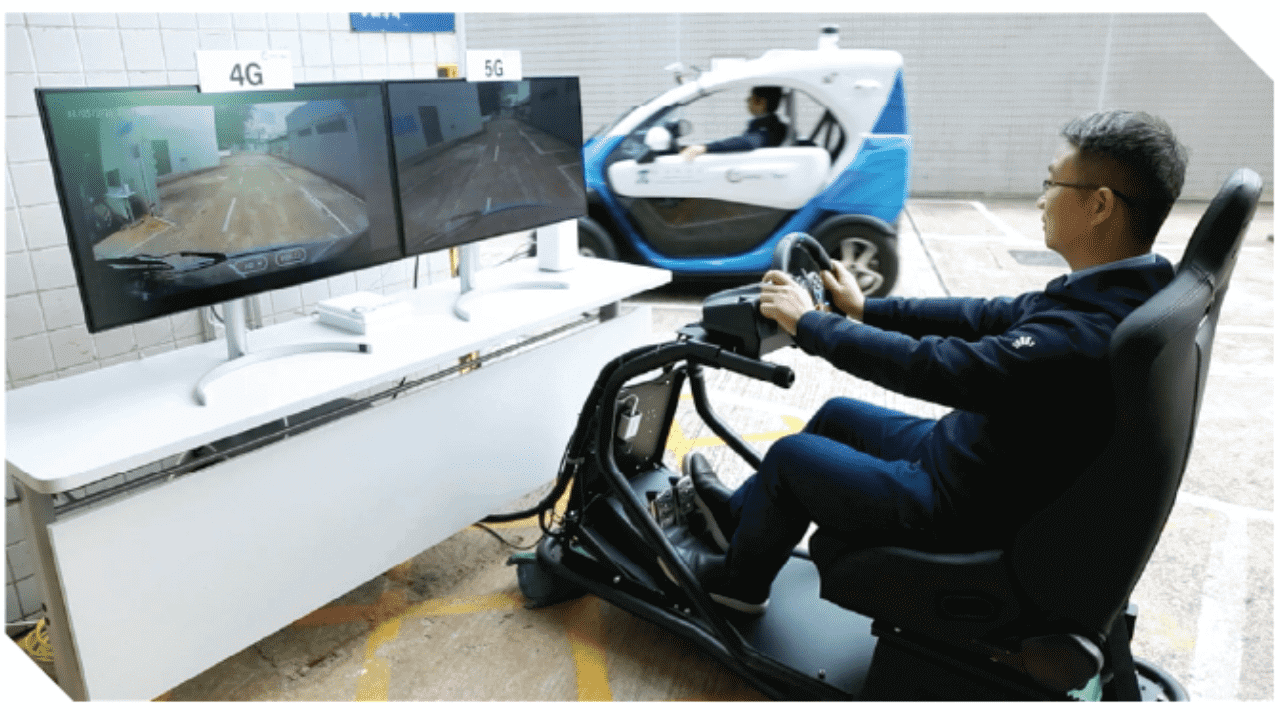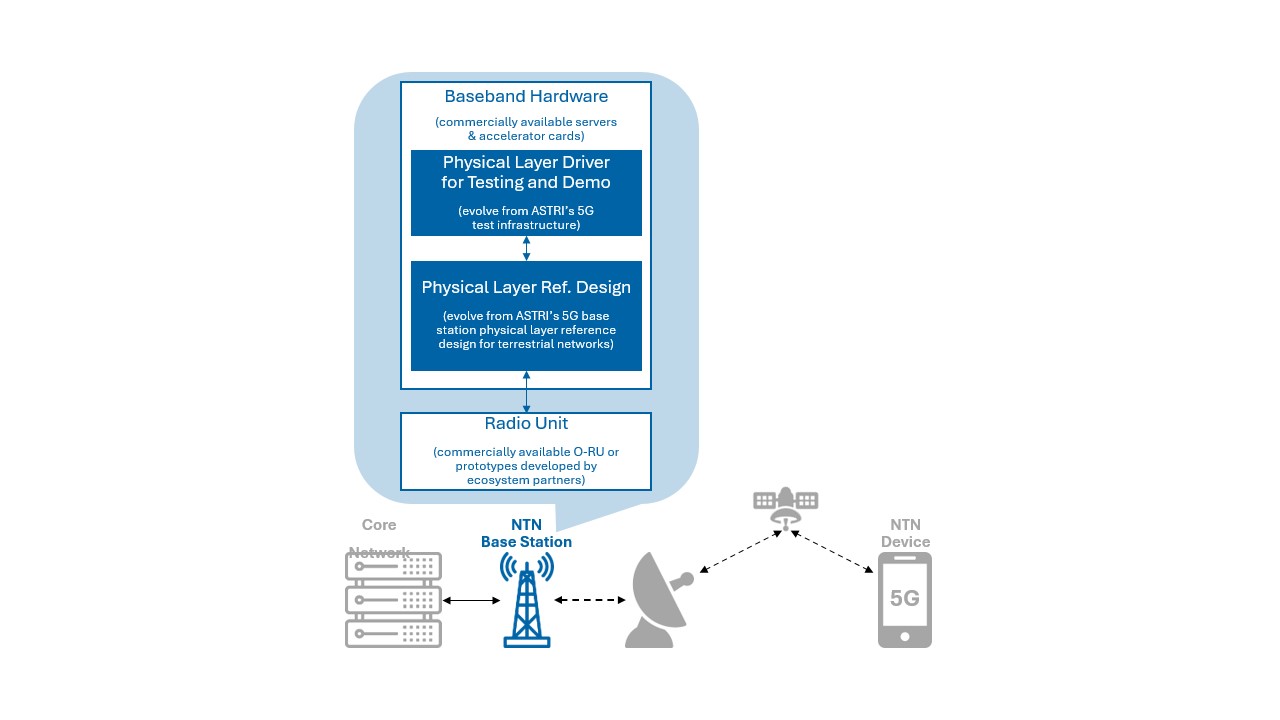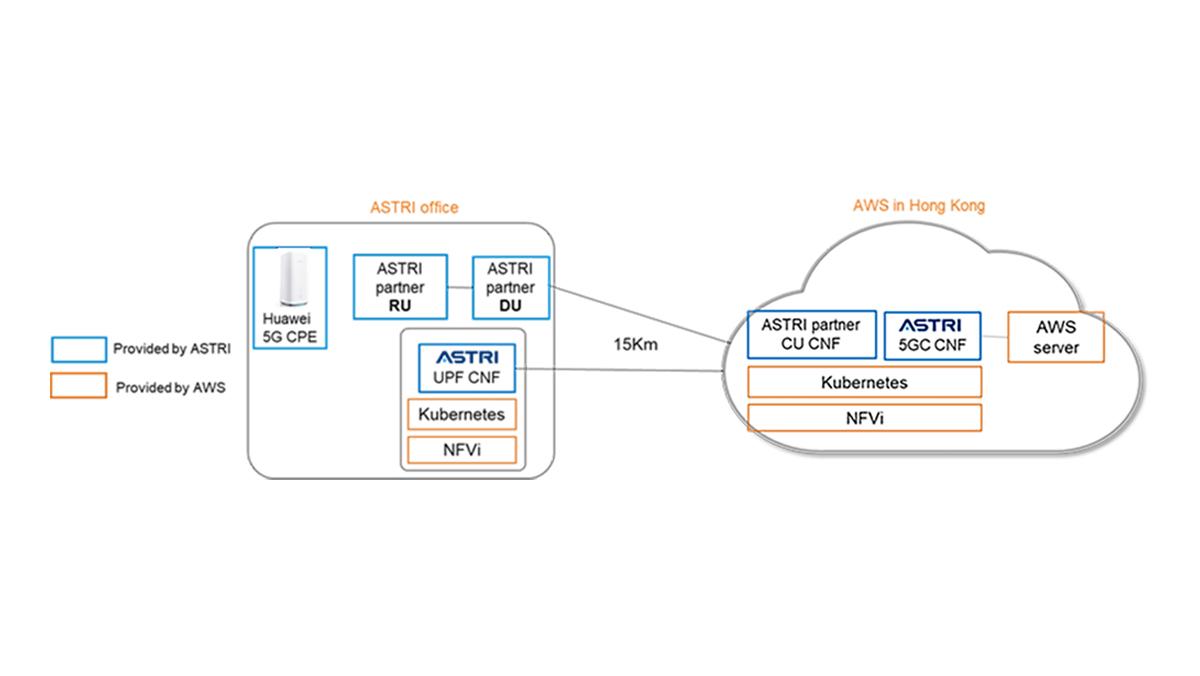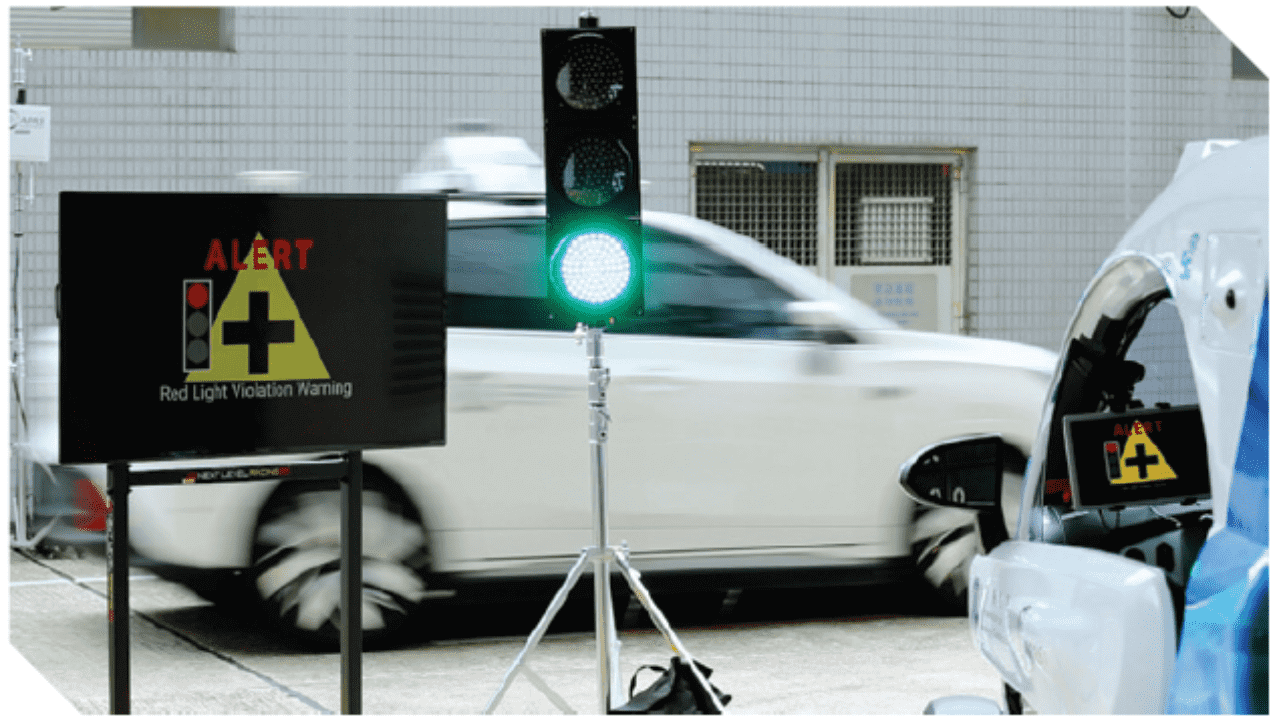
5G O-RAN Base Station technologies
An emerging 5G network deployment and business model that enables open, virtualised, and fully interoperable RAN, bringing more options for mobile operators.
Limited choice of network equipment, high CAPEX and low deployment flexibility of equipment. Network resources not efficiently utilised, affecting user experience.
- O-DU fronthaul interface (between O-DU and O-RU) in 5G O-RAN standard.
- O-CU and O-DU F1 interface in 5G O-RAN standard. O-RAN F1 interface provides means for interconnecting O-CU and one or more O-DUs.
- E2 interface (between RIC and O-DU/O-CU) in 5G O-RAN standard enables AI/Machine Learning (ML) to cover non-real-time RIC.
- 5G FAPI interface between L2/L3 software and L1.
- MNOs can use equipment from multiple vendors and still ensure interoperability.
- The open environment is widening the ecosystem, expanding the number of vendors, innovations and options available.
- AI can be introduced to optimise the network for different use cases.
- New features can be added quickly for end users.
- 2021 Communication Product Technology Industry Leading Award (COMMUNICATIONSWEEKLY, MWC Shanghai 2021)
- Certificate of Merit winner of 2021-22 Hong Kong Awards for Industries: Technological Achievement category
- 2022 the International Exhibition of Inventions of Geneva – Gold Award
- Private network
- Enterprise network
- Software running on commercial off-the-shelf (COTS) hardware
- Non-real time and real-time RIC
Patent
- US Patent No. 10,448,432 and CN Patent No. ZL201880000768.5
- US Patent No. 10,826,529 and CN Patent No. ZL201980000219.2
- US Patent No. 10,367,594 and CN Patent No. ZL201780000914.X
Hong Kong Applied Science and Technology Research Institute (ASTRI) was founded by the Government of the Hong Kong Special Administrative Region in 2000 with the mission of enhancing Hong Kong’s competitiveness through applied research. ASTRI’s core R&D competence in various areas is grouped under four Technology Divisions: Trust and AI Technologies; Communications Technologies; IoT Sensing and AI Technologies and Integrated Circuits and Systems. It is applied across six core areas which are Smart City, Financial Technologies, New-Industrialisation and Intelligent Manufacturing, Digital Health, Application Specific Integrated Circuits and Metaverse.

